
Araumi of the Dead Tide | Illustration by Daarken
The graveyard might be the most busted zone in Magic. All kinds of unfair things begin in the graveyard, from Dredge to Hogaak, Arisen Necropolis and beyond! Reanimation strategies are particularly nasty, often cheating threats like Archon of Cruelty and Atraxa, Grand Unifier into play as early as turn 1.
Today’s EDH deck is an interesting spin on the reanimation strategy helmed by Araumi of the Dead Tide. Though fairer than your traditional reanimation strategy, this deck doesn't lack power and is perfect for a casual game night.
Let’s swim in the dead tide and bring our opponents to ruin!
The Deck

Agent of Treachery | Illustration by Igor Kieryluk
Commander (1)
Planeswalkers (1)
Creatures (28)
Stitcher's Supplier
Baleful Strix
Cloud of Faeries
Fallaji Archaeologist
Floating-Dream Zubera
Likeness Looter
Mire Triton
Undead Butler
Champion of Wits
Glasspool Mimic
Plaguecrafter
Ertai Resurrected
Gonti, Lord of Luxury
Ravenous Chupacabra
Thassa, Deep-Dwelling
Venser, Shaper Savant
Gray Merchant of Asphodel
Junji, the Midnight Sky
Mulldrifter
Necron Deathmark
Peregrine Drake
Shriekmaw
Grave Titan
Massacre Wurm
Sire of Stagnation
Wurmcoil Engine
Agent of Treachery
Archon of Cruelty
Instants (15)
Malakir Rebirth
Swan Song
Arcane Denial
Bitter Triumph
Counterspell
Cyclonic Rift
Delay
Infernal Grasp
Winds of Rebuke
Forbidden Alchemy
Saw in Half
Ancient Excavation
Fact or Fiction
Hostile Negotiations
Snuff Out
Sorceries (6)
Reanimate
Night's Whisper
Agadeem's Awakening
Incarnation Technique
Breach the Multiverse
Sea Gate Restoration
Enchantments (5)
Animate Dead
Cemetery Tampering
Court of Cunning
Virtue of Knowledge
Virtue of Persistence
Artifacts (8)
Sol Ring
Arcane Signet
Dimir Signet
Mesmeric Orb
Mind Stone
Talisman of Dominance
Thought Vessel
Panharmonicon
Lands (36)
Cephalid Coliseum
Clearwater Pathway
Command Tower
Drowned Catacomb
Island x9
Morphic Pool
Otawara, Soaring City
Polluted Delta
Prismatic Vista
Restless Reef
Shipwreck Marsh
Sunken Hollow
Swamp x10
Takenuma, Abandoned Mire
Tomb Fortress
Undercity Sewers
Underground River
Urborg, Tomb of Yawgmoth
Watery Grave
A traditional reanimation deck focuses on three elements: Reanimation spells (Reanimate, Animate Dead, etc), a reanimation payoff (Griselbrand, Atraxa, Grand Unifier) and a way to get the payoff into the graveyard (Entomb, Faithless Looting). The goal is to chuck the biggest, baddest creatures into the bin for early reanimation.
Our deck is a bit grindier. We rely on self-mill effects like Mesmeric Orb and Cemetery Tampering to fill the graveyard. While this method lacks the precision of graveyard-based tutors like Entomb, our deck cares about quantity more than the average reanimation shell because of how Araumi works (more on that in a moment). Of course, we still have a few reanimation spells paired with the self-mill.
The payoffs in the deck differ as well. Instead of focusing on only big threats, we have lots of cheaper cards we don’t mind getting back with our spells. Our deck focuses on payoffs with powerful ETBs or attack triggers rather than activated abilities or raw stats; because of this, we have a healthy ETB subtheme with a few Panharmonicon effects and similar payoffs.
This deck aims for a casual power level, though it tussles with mid-powered decks. Because of this power level constraint, the deck doesn’t have any infinite combos or cEDH staples like Rhystic Study or The One Ring. We’re keeping things above the belt! At least as above the belt as a graveyard-based strategy can be.
The Commander

Araumi of the Dead Tide utilizes the encore mechanic, which was designed specifically for multiplayer formats. It effectively allows us to exile a creature from our graveyard and create token copies for each of our opponents. Araumi lets us grant encore to any creature in our graveyard by exiling a few additional cards, which is why we need the number of cards self-mill provides rather than the surgical precision of tutors.
The quantity of tokens also encourages ETB and attack triggers. The creatures have haste and get exiled at the end of the turn, so we don’t have time to utilize the abilities of creatures like Consecrated Sphinx or Toxrill, the Corrosive. Instead, we triple down on powerful ETBs like Gray Merchant of Asphodel’s or Mulldrifter’s.
Araumi lends itself to a “fairer” reanimation strategy because you need to pay full price for whatever creatures you’re recurring; part of the power of a traditional reanimation strategy comes from playing Griselbrand for 1-2 mana. That makes it perfect for this casual game plan, though tripling up on many of these abilities can be back-breaking—for our opponents!
Cream of the Crop
We can sort our Araumi targets into two camps: finishers that we’ll look to win the game with by triggering three times and value-oriented ETBs that primarily interact with our opponents or draw cards. This first section focuses on our biggest and best creatures.
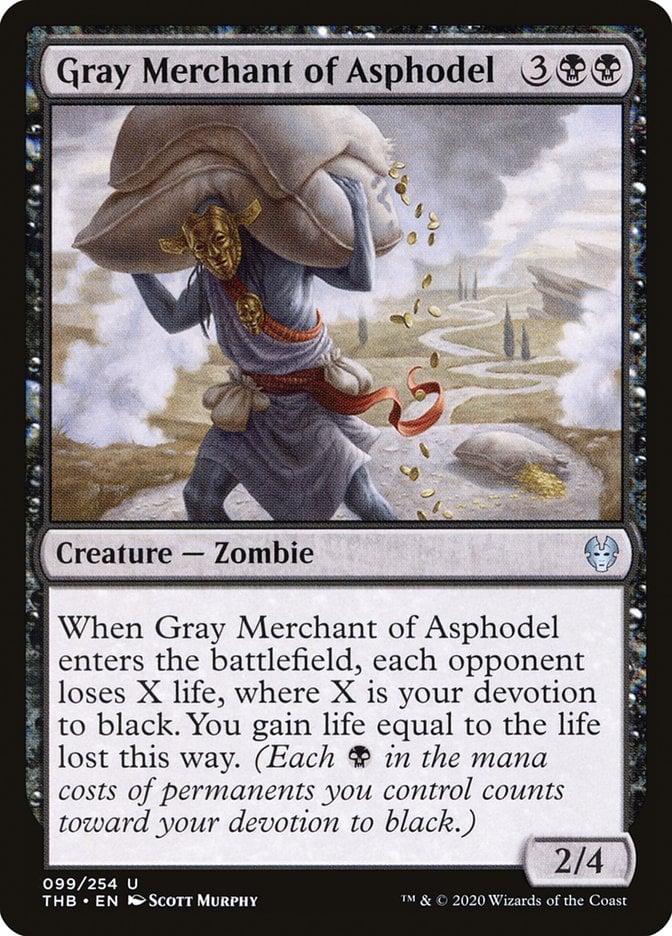
Whenever somebody thinks about doubling or tripling ETBs in black, Gray Merchant of Asphodel comes to mind. For context, making three copies of this creature deals a collective 21 damage to each opponent—assuming your only black pips come from the tokens and Araumi. Even if that doesn’t finish them off, you'll gain 63 life! How could you lose?

Massacre Wurm offers a similar amount of lethality. You’re effectively getting a Plague Wind that drains your opponents for 6 each time a creature dies and leaves behind three 6/5s ready to attack. That’s hard to come back from.
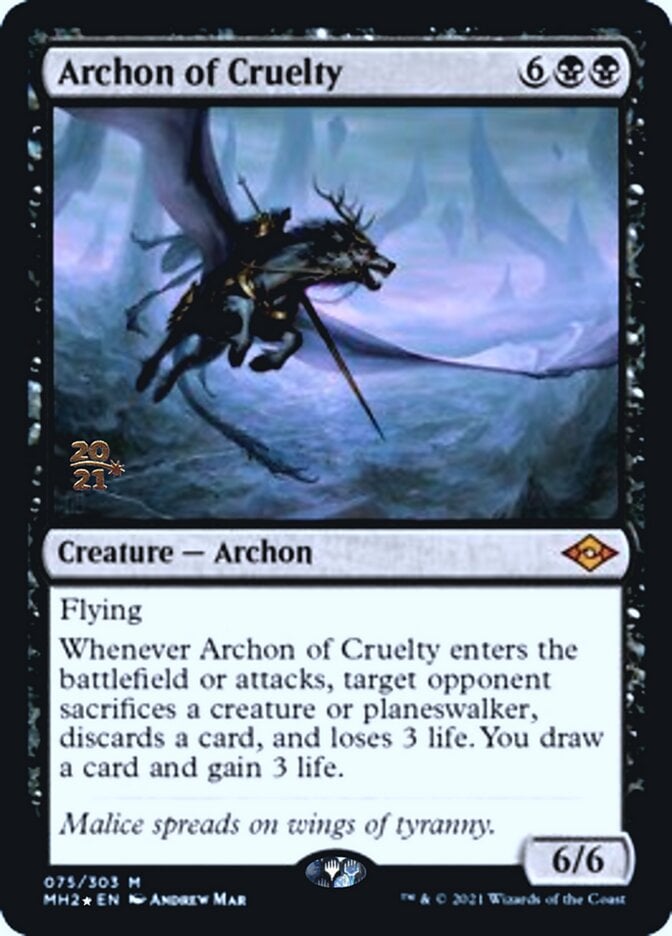
Archon of Cruelty has ranked among the best reanimation targets in the game since its printing. This deck loves it. We’ll get (at least) three ETBs plus three attack triggers! Talk about game-ending.
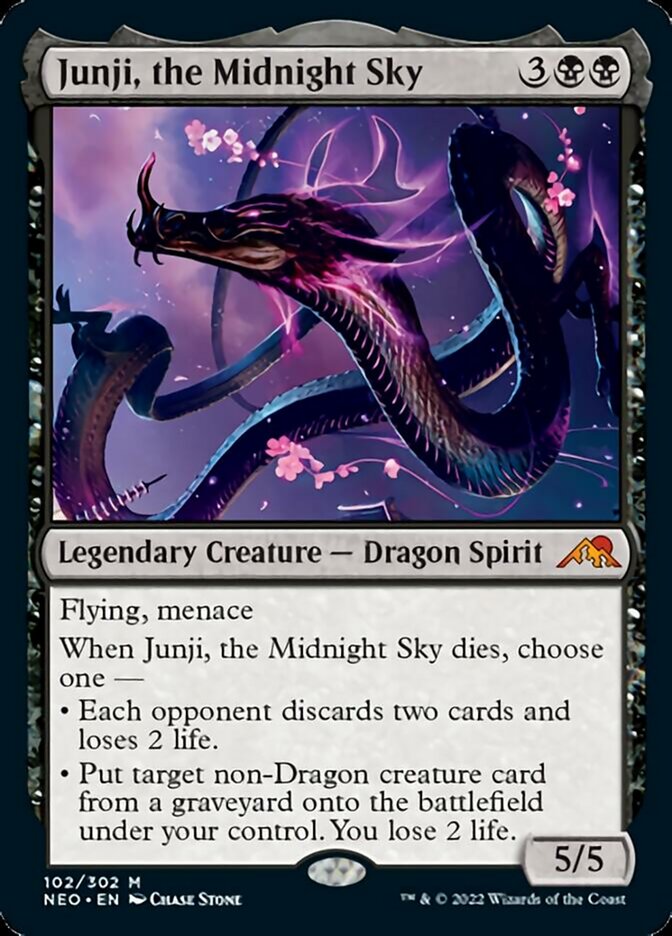
Junji, the Midnight Sky works best as a midrange threat to deplete opposing resources. Making each opponent discard six cards when the copies die will be the usual game plan, but building an instant board state off the death trigger isn’t useless.
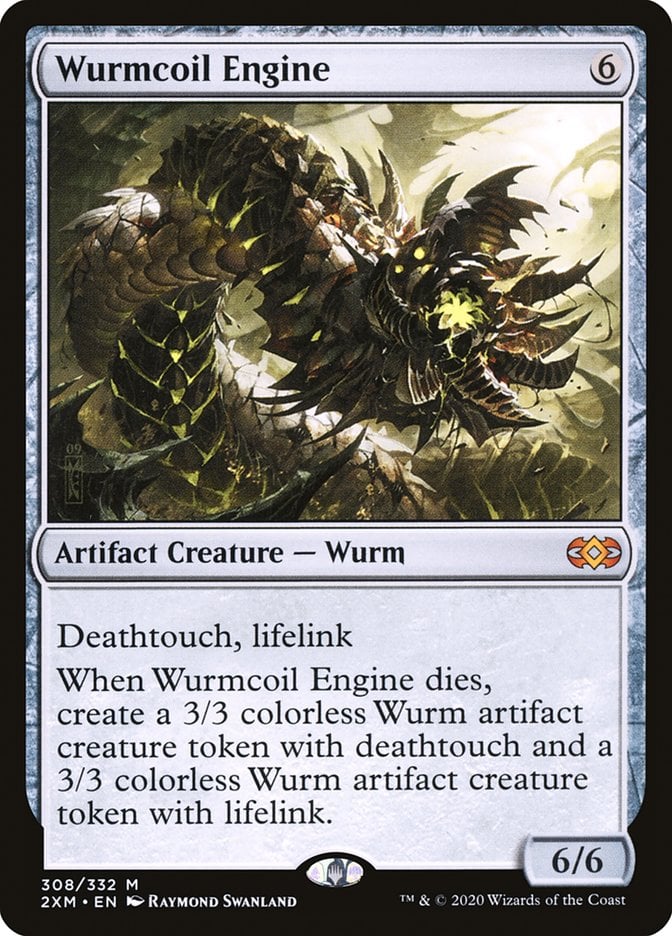
Another card that generates an immense board state is Wurmcoil Engine. Instead of relying on an ETB or attack trigger, this creature exploits the last line of reminder text in encore: “Sacrifice those tokens at the beginning of the next end step.” Why yes, I’d love six 3/3s for 6 mana!

Commander is all about playing big, flashy spells. My opponents’ cards are often so cool I can’t help but take them for myself, which is where Agent of Treachery comes in. While a powerful Araumi target, reanimating this through traditional means for flickering value is a line worth considering.
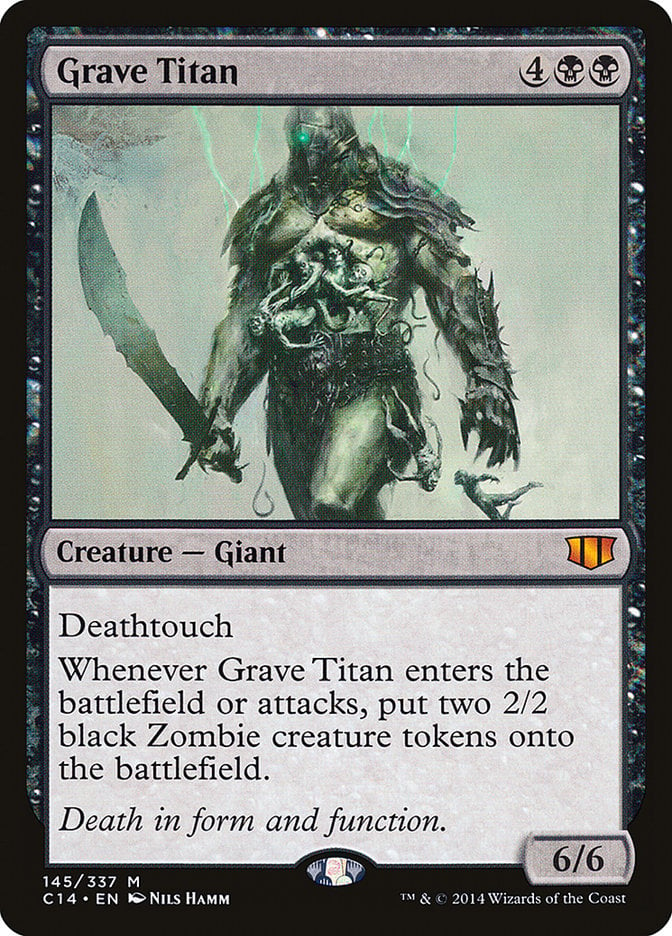
I’d be lying if I said Grave Titan wasn’t a bit out of date, but I have a soft spot for all the Titans. One joy of playing casual EDH is that you don’t need to play the most efficient card at every point in the curve so we can play this oldie! Besides, any creature that leaves 12 tokens behind is worth considering.
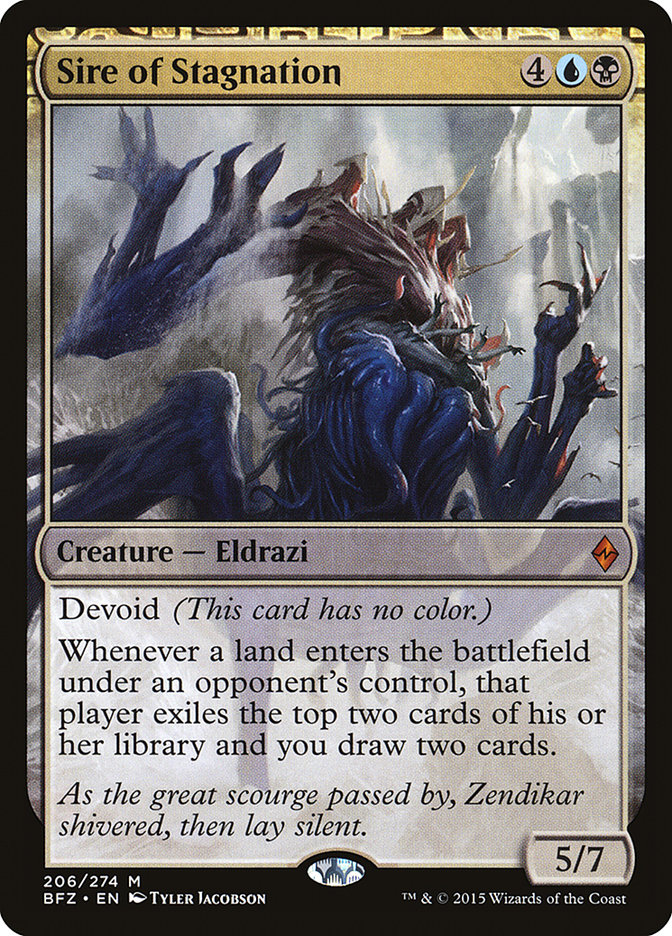
Sire of Stagnation is the odd man out here. In truth, we don’t want to give this encore with Araumi because that wastes a powerful ability. This Eldrazi made the cut because I wanted one more decent creature to reanimate. It often overfills our hand, but discarding to hand size provides Araumi with more fodder.
Value ETBs
These creatures will rarely win the game outright, but these ETBs hold down the midgame, ensuring we don’t die to our opponents while priming our battlefield to start dropping the behemoths that can finish things off.
Like Gary, it’d be crazy to build a black-based ETB deck without Ravenous Chupacabra. This is a fine 2-for-1 before factoring in all the ways we have to double the trigger. We’re playing Ertai Resurrected for a similar effect with the flexibility of operating as a counterspell! Letting your opponent draw a card feels sort of bad, but the trade-off is worth it if you hold Ertai for a real threat. Our other two ETB-kill spells are Shriekmaw and Necron Deathmark. Rather like Grave Titan, Shriekmaw isn’t the spell it used to be, but I’m still happy to play it here, especially since it puts itself in the graveyard. Necron Deathmark doubles as a self-mill card to encourage more encore performances.

Plaguecrafter also eats away at our opponents’ boards with a triple edict rather than targeted spot removal. This card works well in coordination with one of the above creatures to sweep the board, then goes after opposing planeswalkers. Plaguecrafter is easily the best edict creature since it forces your opponents to discard cards if they have nothing to sacrifice.
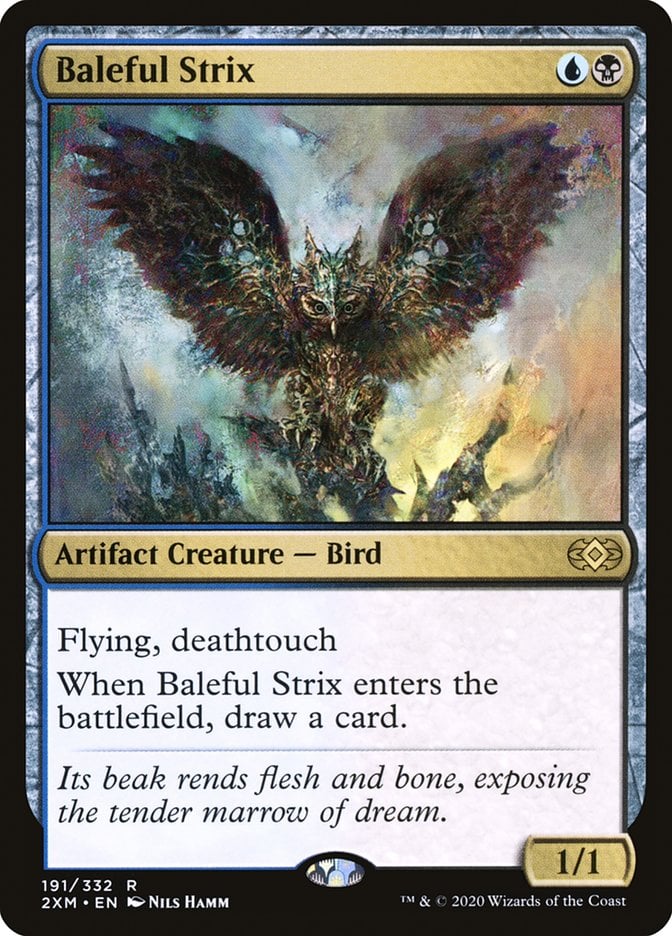
Baleful Strix is one of the best cards in the format thanks to sheer efficiency. Giving this lovely bird an encore draws three cards for 2 mana, which is above rate. You’ll often get to trade this off early to encore later. Or you’ll play it, draw a card, and your opponents will never attack into the cheap deathtoucher. You can’t go wrong with this!
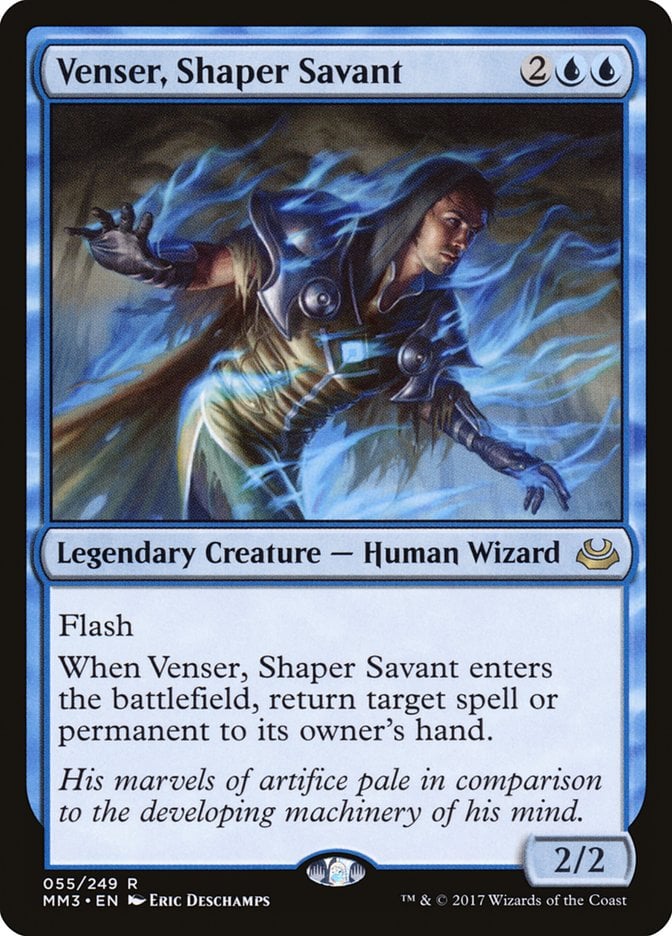
Venser, Shaper Savant provides a versatile interactive creature. It’s best to play in combat to bounce an offending creature and trade with another. When encoring, remember this can target lands; it’s not a particularly kind strategy but deals with something like Mutavault + The Book of Exalted Deeds.
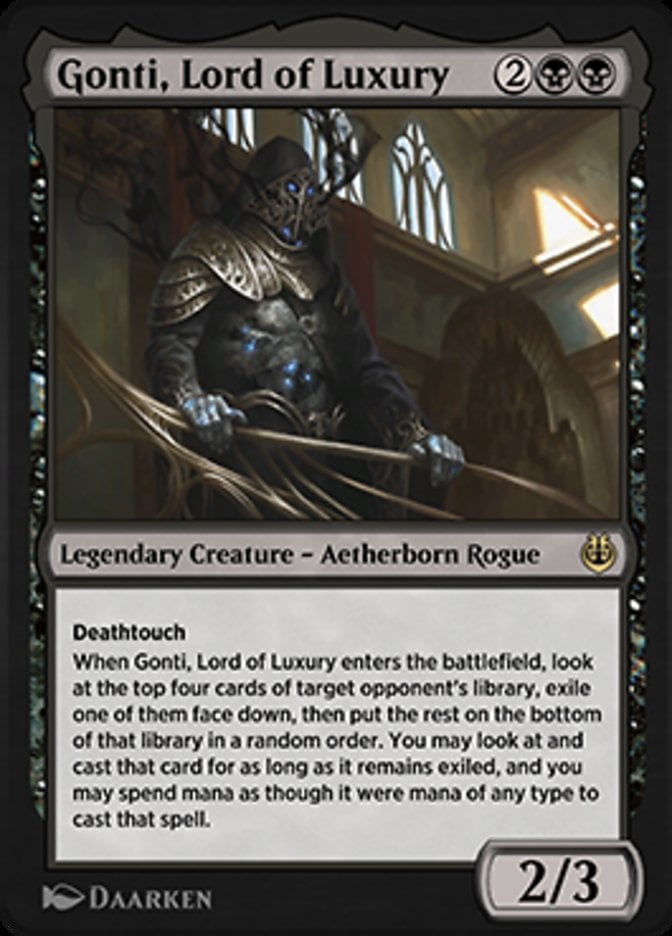
Gonti, Lord of Luxury is one of my favorite cards, so of course I’m jamming it in my ETB deck! Drawing three cards from your opponents’ libraries is fantastic, especially since it can give us access to effects we wouldn’t otherwise have, like Naturalize.
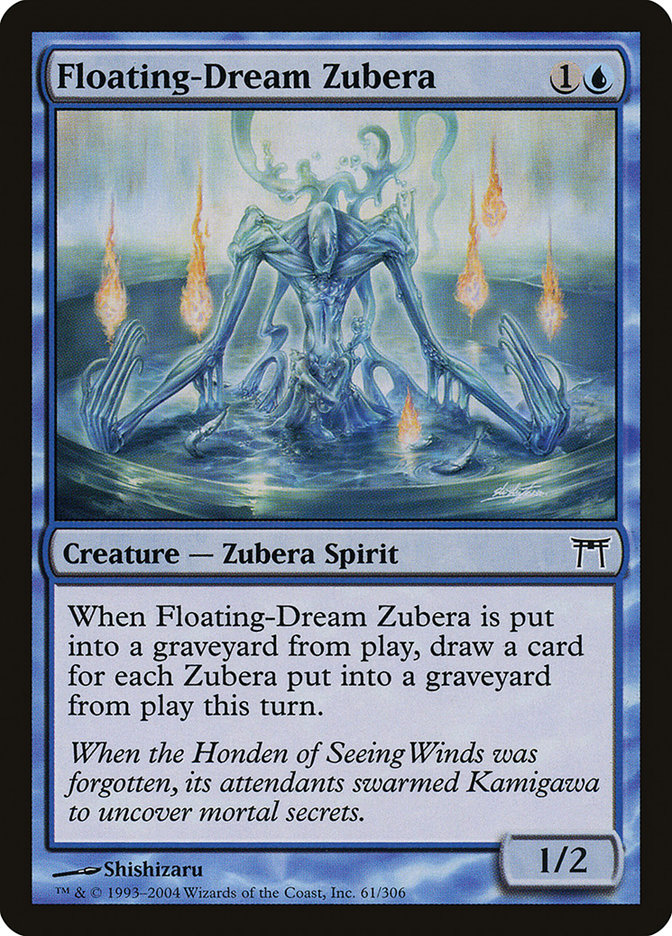
Floating-Dream Zubera is an interesting one. We’ll get a huge burst of card draw for next to no mana since the Zuberas will count each other’s deaths in their final trigger.
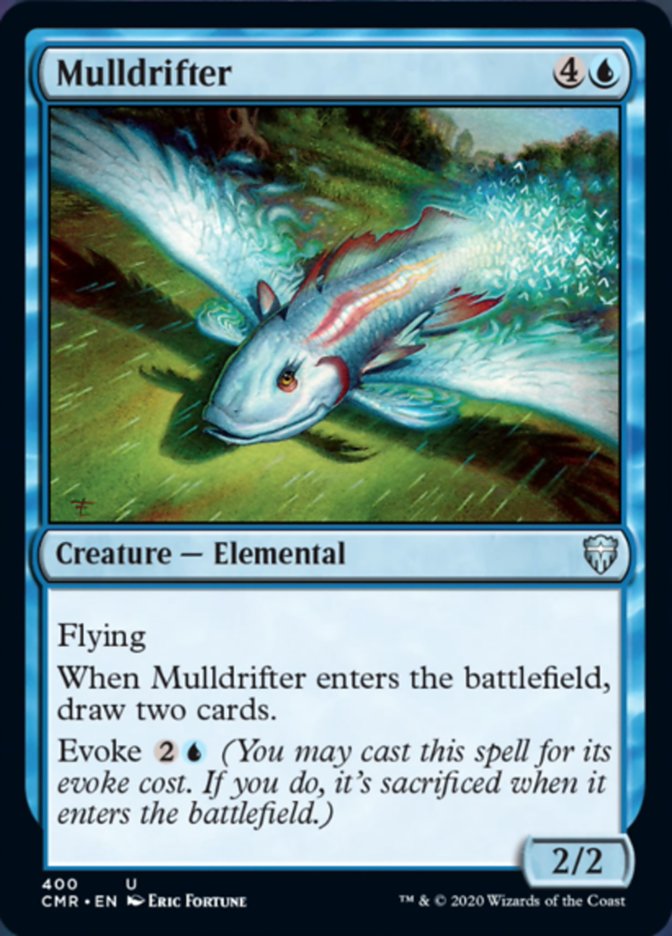
Another burst of card draw comes from the classic Mulldrifter! Like Shriekmaw, this has the advantage of binning itself early via evoke for later reanimation.
ETB Enablers
Since our commander works so well with ETB abilities, a handful of support cards were a must-have to strengthen the deck and give it legs outside the graveyard.
Malakir Rebirth and Saw in Half produce a lot of extra triggers with little effort. Rebirth functions best as a combat trick and is essential for protecting Araumi while Saw in Half does its best work when doubling down on some of the lethal ETBs in the first section.
Panharmonicon has become a classic and the template for many cards since its printing. One such card is Virtue of Knowledge from Wilds of Eldraine. Doubling our triggers is an easy way to get oodles of value. Note that Virtue of Knowledge’s adventure spell, Vantress Visions, can copy Araumi of the Dead Tide’ ability without exiling additional cards.
Thassa, Deep-Dwelling rounds out this section with another piece of sheer value. We have loads of creatures worth flickering each turn, like Mulldrifter for card draw, Stitcher's Supplier to fuel our graveyard, or Agent of Treachery if we’re tired of having friends.
Self-Mill
These cards dump huge swathes of our library into the graveyard to stock up plenty of fodder for Araumi. It’s not as powerful as Entomb and the like, but we need the additional cards to pay Araumi’s activation cost. It also keeps the power level at a friendlier range for casual decks.
We have a host of creatures that mill when they ETB like Mire Triton and Undead Butler. Stitcher's Supplier‘s sheer efficiency makes it the best of these self-mill creatures. Any of these cards are respectable targets for Araumi’s ability early in the game to dig for better performers.
Likeness Looter and Champion of Wits aren’t technically self-mill but they fill the graveyard all the same. Having some looting effects helps when the cards we want to encore get trapped in our hand. Ancient Excavation fulfills a similar role on a larger scale.
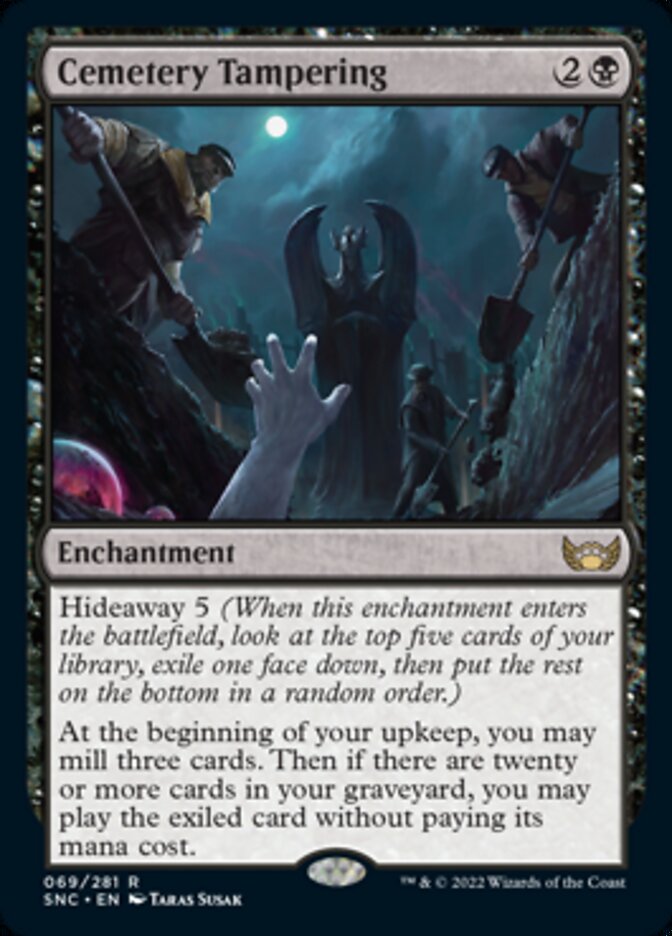
Cemetery Tampering provides steady self-mill with the potential for a free spell later. We exile our graveyard pretty vigorously, so it takes time to get to 20 cards.
Court of Cunning and Mesmeric Orb are two of the most efficient self-mill spells in the game. You want to maintain the monarchy for Court of Cunning, but this deck has enough removal and dorky creatures to manage it. Binning 10 cards at a time is crazy. Mesmeric Orb requires even less effort to fill your graveyard; remember to tap all your lands and float mana on the end step before you untap to maximize the cards milled.
We also have a couple of instants and sorceries that dig through our library. Forbidden Alchemy helps find answers while filling the graveyard; flashback makes it an appealing card to mill. Fact or Fiction and Hostile Negotiations are winners in this deck, drawing tons of cards while dumping more into the bin.
Incarnation Technique and Liliana, Death's Majesty pull double-duty. These cards mill us, but they also reap the rewards of other mill cards by reanimating our creatures. Breach the Multiverse fulfills a similar role, though it’s more of a finisher than an enabler.
Interaction
No EDH list is complete without a bit of interaction. While our creatures handle most of the heavy lifting, it’s important to have a few other ways to kill creatures; plus countermagic is essential in the modern landscape of efficient cards. This deck has fewer interactive spells than I normally run, but that’s due to it running more creatures that interact with our opponents.
The main goal of our countermagic is to protect our pieces. Araumi of the Dead Tide is the kind of commander players like to kill on sight, so it needs defending. Swan Song is our best card for this thanks to its efficiency, but Counterspell, Delay, and Arcane Denial all do the job.
Winds of Rebuke and Bitter Triumph are handy interactive spells that go along with our game plan by filling the graveyard. Locthwain Scorn, attached to Virtue of Persistence, fulfills a similar role by giving us another bit of late-game oomph.
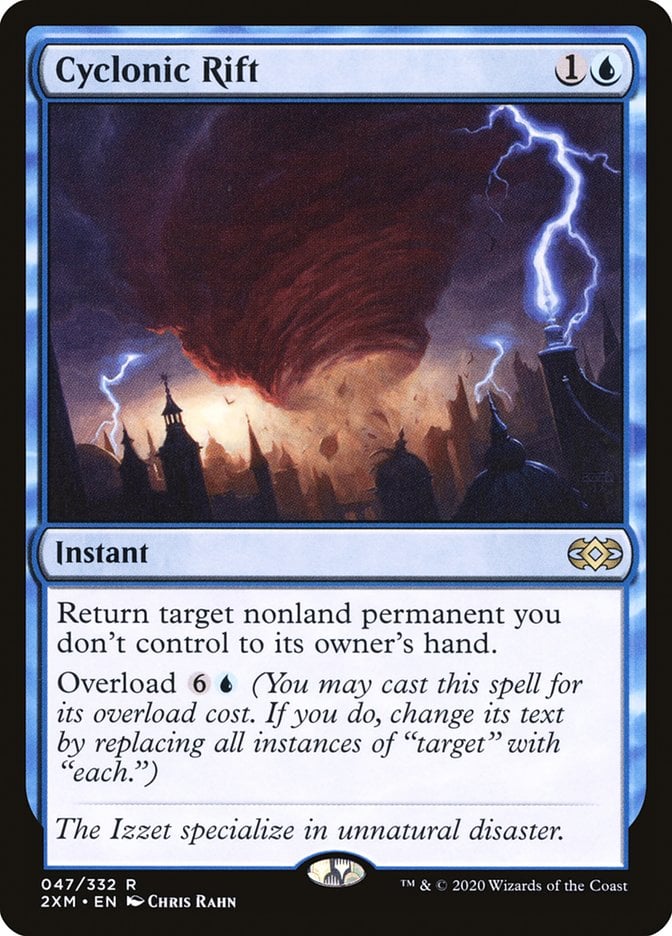
Playing Cyclonic Rift in casual decks is a bit contentious, but I stand by it in two regards: Casual does not equal weak, and the worst games of Commander I’ve played are those that don’t end. Having an asymmetrical board wipe is a great finisher that gets everybody moving to the next round.
The Mana Base
This deck doesn’t have a ton of mana rocks because its early game focuses on establishing self-mill engines rather than going for a raw mana advantage. That said, we still have the seminal Sol Ring alongside our usual assortment of 2-mana rocks like Talisman of Dominance, Dimir Signet, and so on.
Our land base contains some lands with powerful abilities. I never leave home without some channel lands, so Takenuma, Abandoned Mire and Otawara, Soaring City were among the first lands in the deck. I feel similarly about MDFCs, so Agadeem's Awakening, Sea Gate Restoration, Glasspool Mimic, and Malakir Rebirth are all in attendance. Having so many “spells” among our mana base does a lot to smooth out draws and help prevent flood or screw, though nothing mitigates them entirely.

Cephalid Coliseum is just a painful Island we can cash in later in the game to stock our graveyard. Even if we don’t discard a relevant spell, adding four cards to the graveyard should be enough for an Araumi activation.
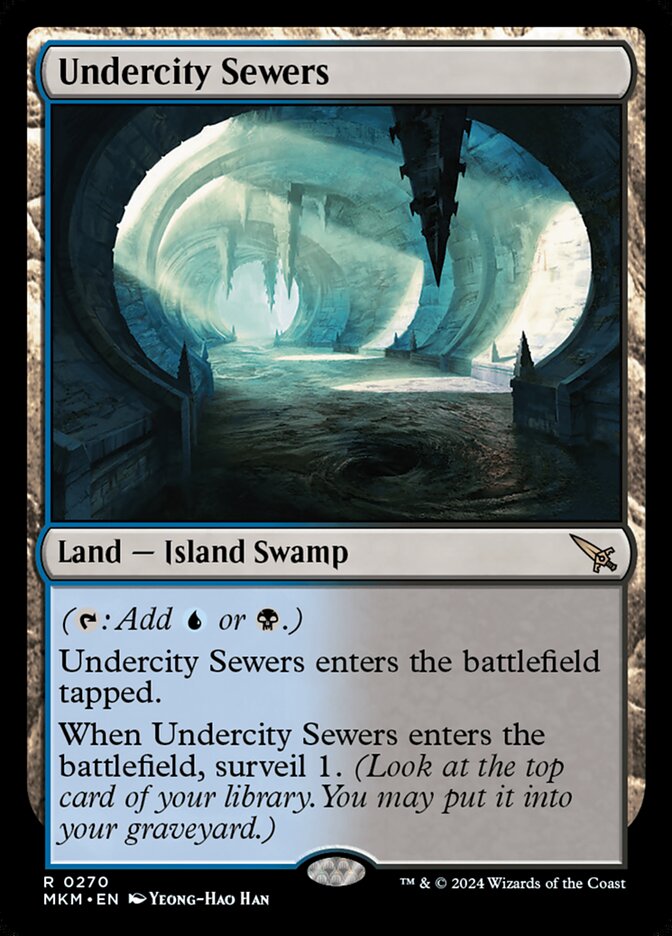
Tapped-land-with-upside is a card design we see frequently, but I don’t know if any have excited me as much as the surveil lands from Murders at Karlov Manor. Undercity Sewers is a fantastic card here; it’s very, very close to a tapped land that draws a card. I expect them to be staples in any graveyard-based deck.
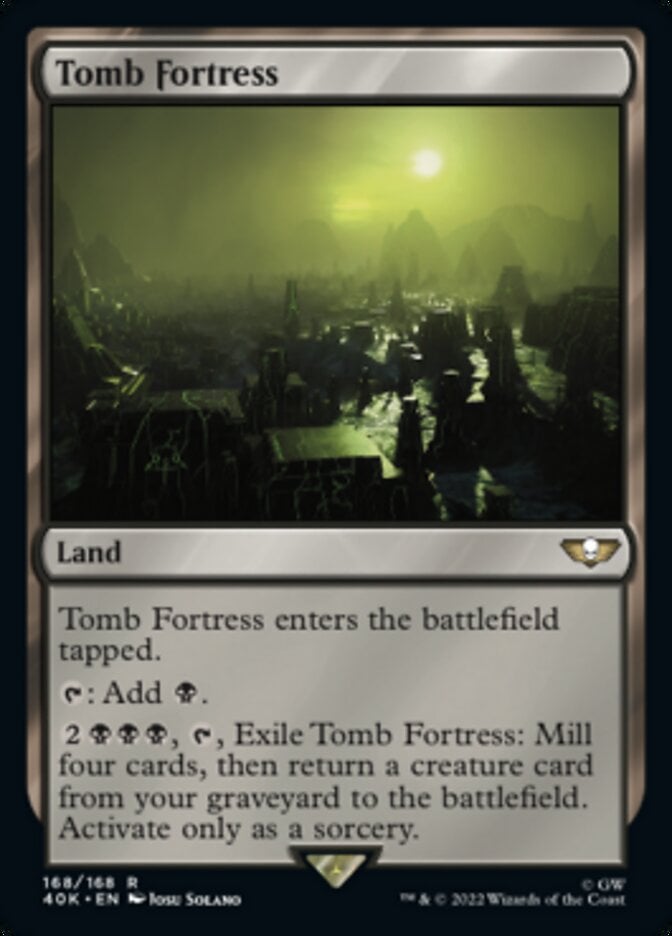
Tomb Fortress provides a reanimation effect right from a land! While it mills cards upon activation and can mill a card to reanimate before the effect resolves, it’s often best to wait until you have a target worth reanimating to activate this so you don’t whiff.
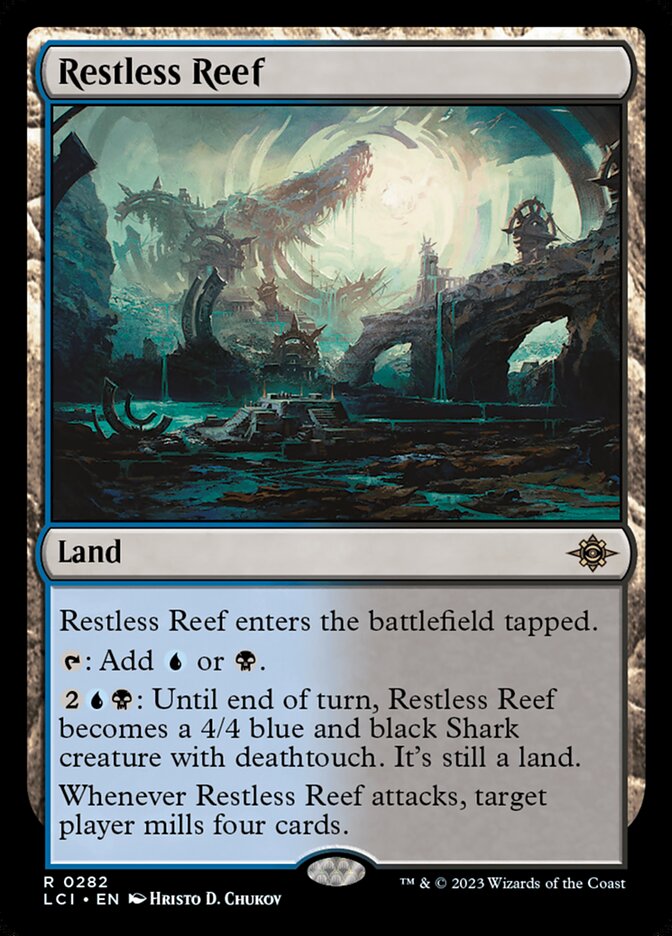
Finally, we have Restless Reef. There’s value to man-lands, especially one that mills us when we attack. Turning this into a creature is never high on the to-do list, but having a mana outlet can be useful, and a surprise blocker or attacker can make all the difference in tight games.
The Strategy
This deck can have some explosive starts but often looks to play grindy games. The main indicator of whether you’re looking at an explosive start or a grindy one will be the presence of reanimation spells in your hand. Reanimate and Animate Dead are every bit as capable of starting games at a high pace as Sol Ring in this deck.
Even Incarnation Technique and Liliana, Death's Majesty can perform well if your hand has a bit of ramp. When you have a hand like this, the means to get creatures into your graveyard is the most important thing to consider. Spending turns 2 and 3 filling your graveyard lets you reap many rewards with these powerful spells.
On the flip side, a deck constructed of creatures with solid ETBs and a commander with lots of recursive power lends itself well to extended games—that’s part of the reason so many of our creatures can kill opposing threats. A hand suited to playing a grindy game contains one or two self-mill cards, some interaction, and a reasonable creature or way to draw extra cards.
For these games, focus on keeping things calm. Try not to attract too much ire from the table while you set up your game plan. You don’t want to get attacked or have your permanents blown up while you’re building towards a strong finish.
Self-mill is the most important aspect of any hand in this deck, as indicated by both grindy and explosive hands needing it. Getting cards into our graveyard as quickly as possible is vital to fueling Araumi. Ideally, we want to be able to activate it the turn after it comes down when it’s no longer summoning sick. Because of this, don’t be afraid to sandbag your commander until there’s something decent in the graveyard, and/or you have the mana to cast Araumi while holding up countermagic.
Like any graveyard-based deck, we have a weakness to graveyard hate. One thing that’s important to note is that Grafdigger's Cage does not stop Araumi; encore exiles a creature from your graveyard, then creates token copies of it. At no point does a creature enter the battlefield from your graveyard. Cage shows up often enough to warrant going over that interaction.
As for other forms of graveyard hate like Rest in Peace and Relic of Progenitus, they suck but we can get past them. Our creatures are all good on-rate and our handle of ETB enablers lets us just… play without our graveyard. It does suck that some disruptive effects prevent our commander and a handful of our cards from working, but this deck can grind through it. A well-timed Winds of Rebuke or Cyclonic Rift can free up the graveyard for a finishing blow.
Combos and Interactions
This deck doesn’t have any infinites but several interactions warrant further inspection.

First, regarding Araumi of the Dead Tide and the encore mechanic: You can activate Araumi’s ability any time you like, but encore can only be activated at sorcery speed. This means you can’t play flash cards like Venser, Shaper Savant at instant speed; you aren’t casting the card, you’re activating an ability.

When you encore a legendary creature like Gonti, Lord of Luxury, you’ll create three token copies. You’ll have to choose one copy for the legendary rule; then, the others get sacrificed as a state-based action. You still get all applicable ETBs and death triggers.
Finally, exiling the creature card is part of the encore cost. You do that and pay the mana while announcing that you’re activating the ability. Players can’t try to exile the creature with encore or anything like that after the ability is on the stack; the only time they have to interact with your graveyard is after activating Araumi’s ability but before it resolves. Otherwise, they won’t have priority before you activate the ability and can’t interact with the ability after activation without Stifle effects.
I also want to touch on Cloud of Faeries and Peregrine Drake. These provide a bunch of ramp with encore, but you need to work the triggers correctly. When they ETB, you’ll get three triggers; you need to tap your lands in between the resolution of each trigger and float the mana for the ramp. It looks like this:
- Pay encore
- ETB, three triggers on the stack
- Tap your lands, float mana
- Resolve the first trigger
- Tap your lands, float mana
And so on.
Rule 0 Violations Check
This deck shouldn’t run into much trouble for a casual Rule 0. Some players might get iffy around graveyard stuff, especially the Reanimate and Animate Dead. If you anticipate that being an issue, any 4- or 5-mana Raise Dead effects are perfect substitutes to keep the power level lower. Beyond that, you should be good!
Budget Options
As I often say, start your budget cuts in the mana base. Cards like Takenuma, Abandoned Mire, and Sea Gate Restoration cost way more than basic lands; playing basics is a great way to get the cost down. Same with playing gates and their ilk over Watery Grave and friends.
Cyclonic Rift is already a contentious card. Cutting it for another wrath like Languish or Toxic Deluge can save money and conversation.
Archon of Cruelty is a multi-format all-star. It and other top-end like Wurmcoil Engine can get replaced with big ETB creatures like the Primordials.
Virtue of Persistence sees some Standard play; another big splashy spell like Grave Betrayal can do the trick.
Other Builds
Araumi of the Dead Tide firmly locks itself into a graveyard-based strategy, but there’s room for change. You could make this deck much stronger with a few reanimation staples like Entomb and Dark Ritual to increase your power and consistency; at that point, a few cards like Consecrated Sphinx could be considered for top-end.
You could also go for an edict-focused build. Plaguecrafter is great alone but there are plenty of edict creatures you wouldn’t mind tripling triggers on. Throw in some aristocrat goodies like Blood Artist and Vein Ripper and you could have a potent controlling deck.
Commanding Conclusion
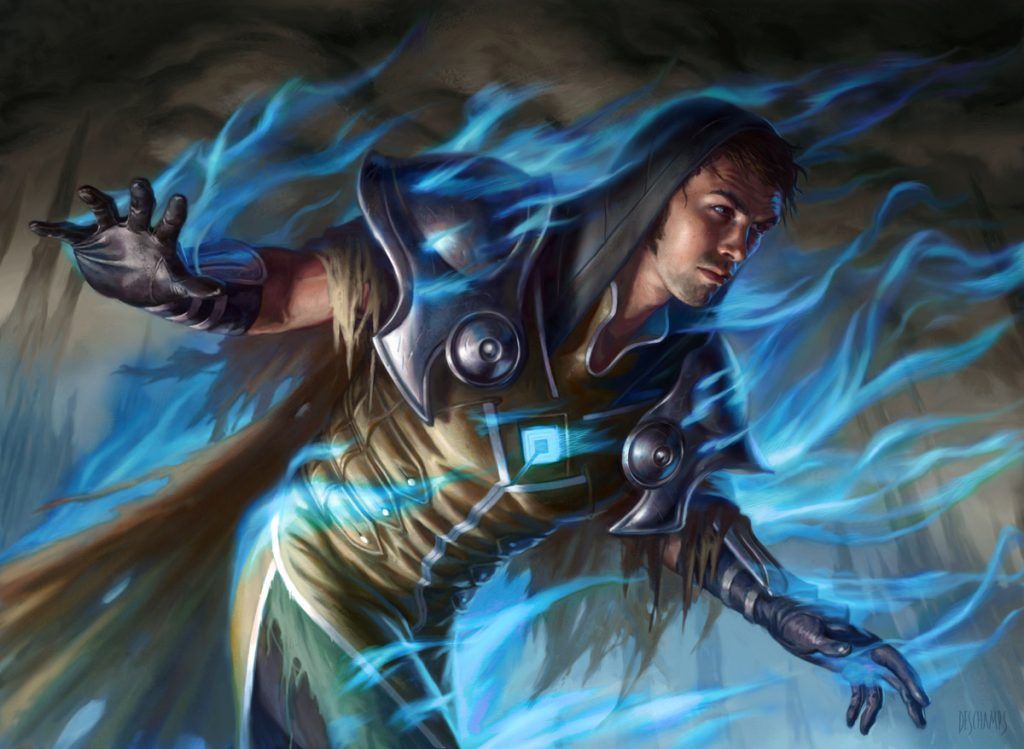
Venser, Shaper Savant | Illustration by Eric Deschamps
There are many flavors of self-mill decks in Magic. From value piles like Muldrotha, the Gravetide to token-centric strategies built around Sidisi, Brood Tyrant, the graveyard is home to plenty of busted strategies.
With Araumi of the Dead Tide, I’ve constructed a casual deck focused on exploiting some great ETBs. While these creatures have strong abilities, I might have missed some! What’s your favorite ETB creature in Dimir? Do you like flicker decks? Let me know in the comments or on the Draftsim Discord!
Stay safe, and thanks for reading!
Follow Draftsim for awesome articles and set updates: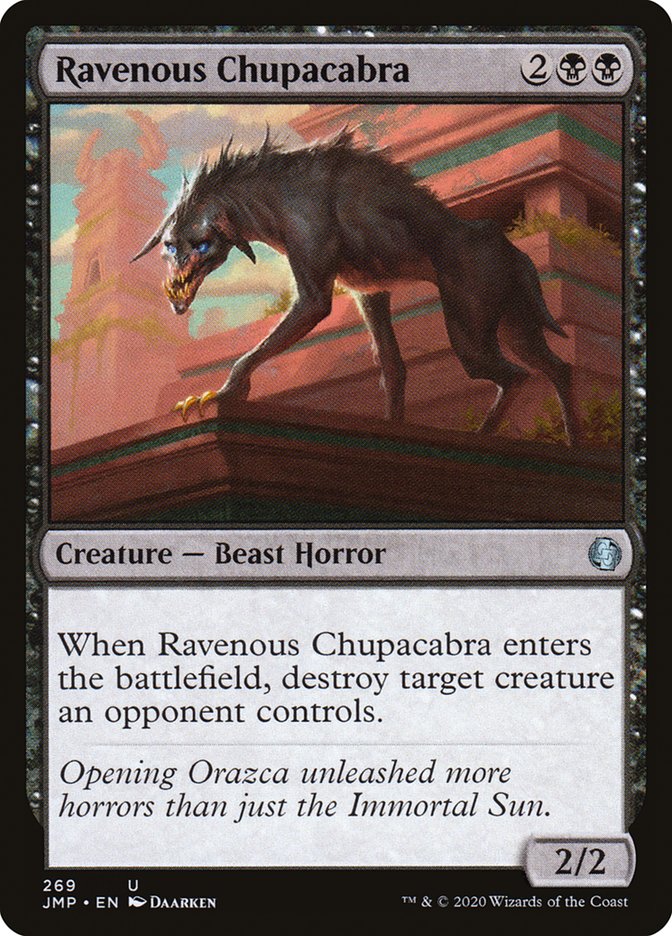

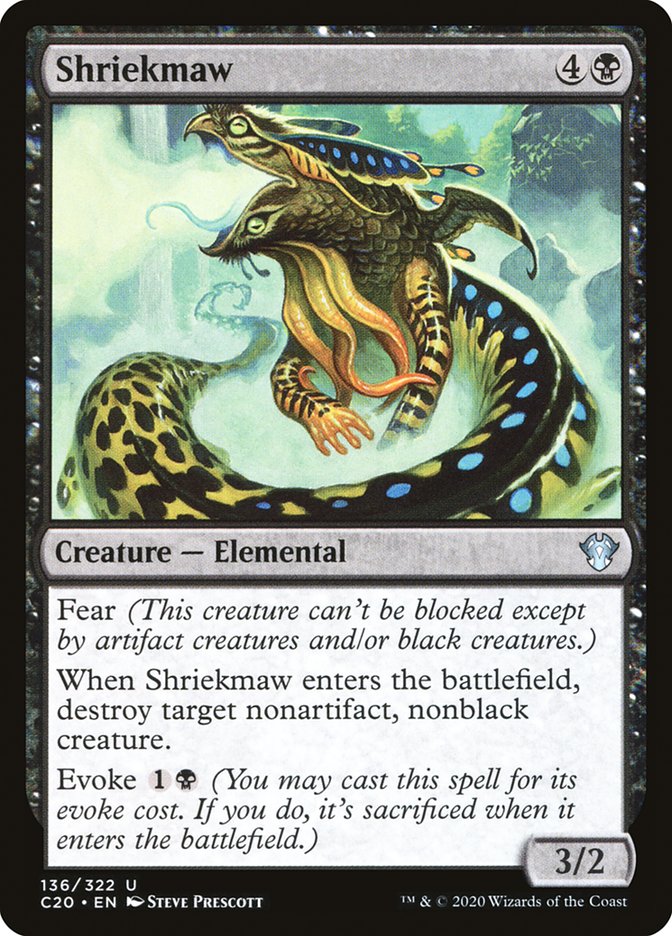
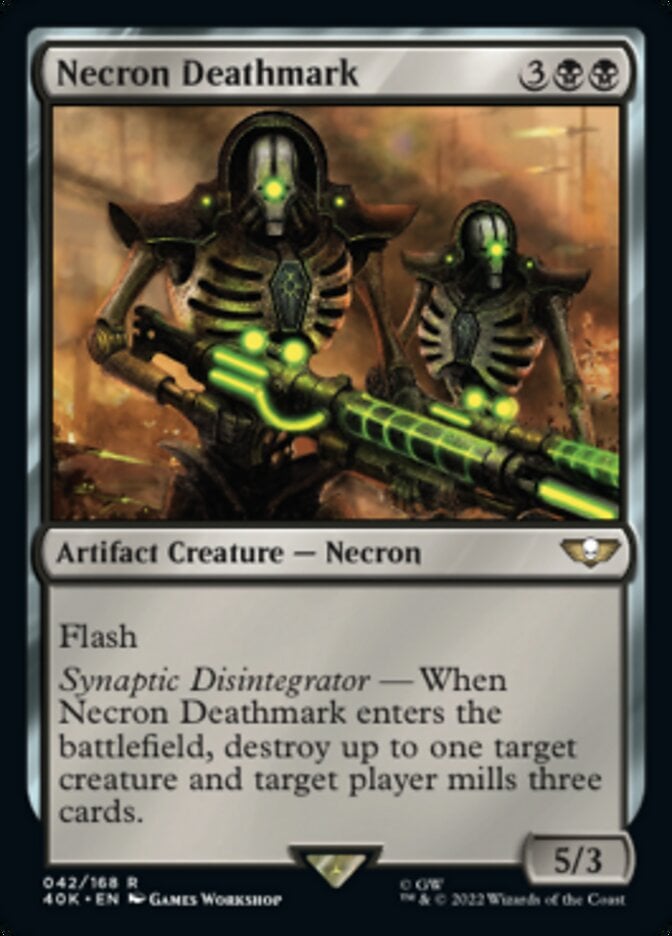
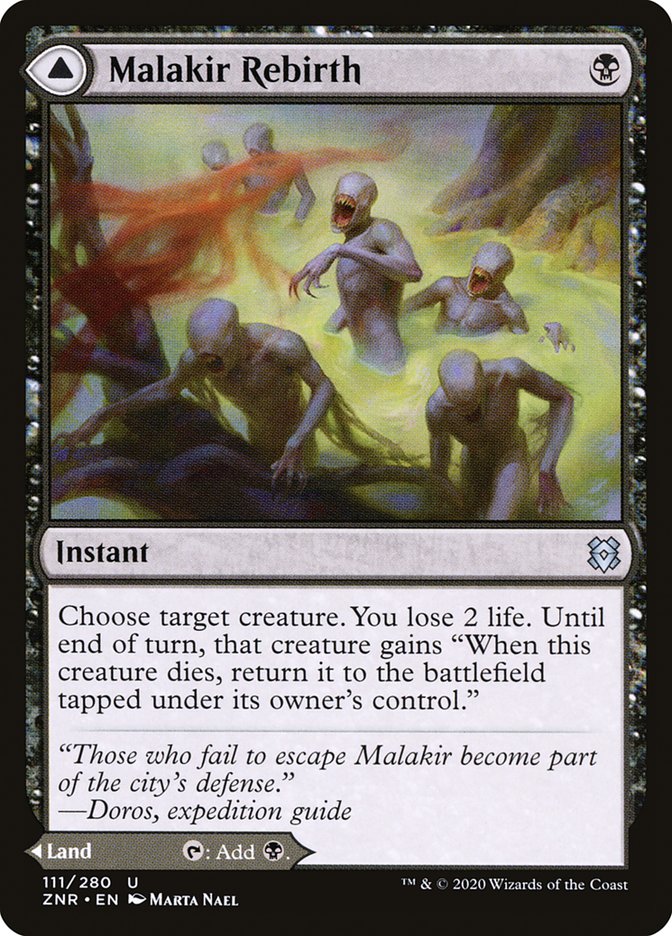

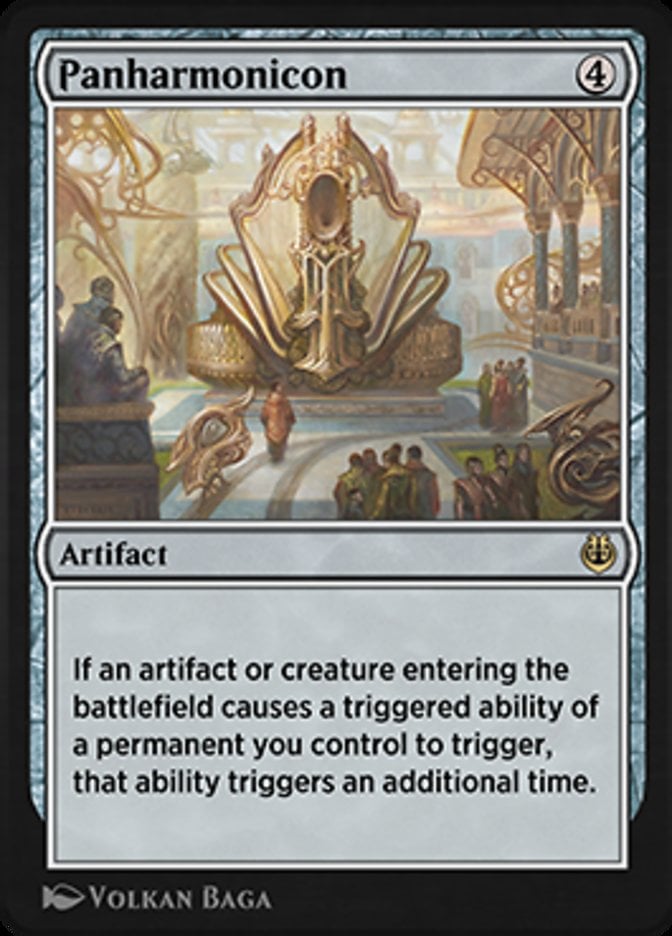



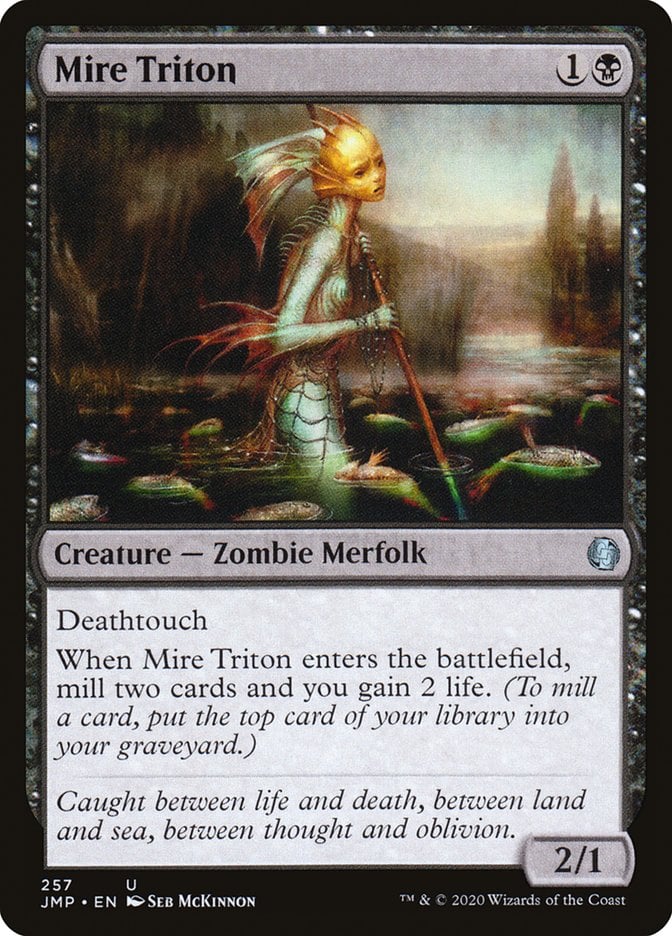
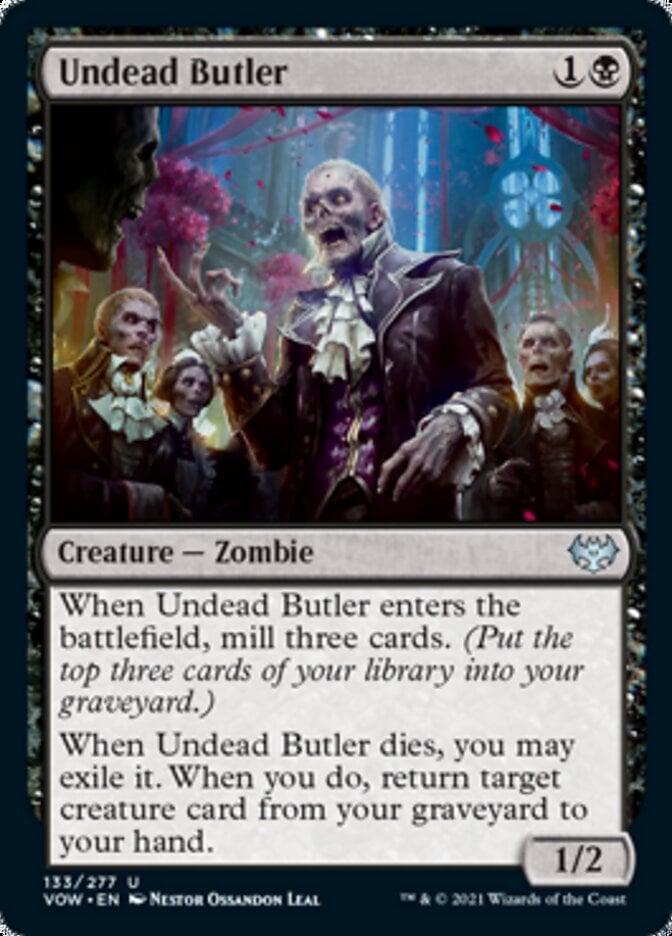
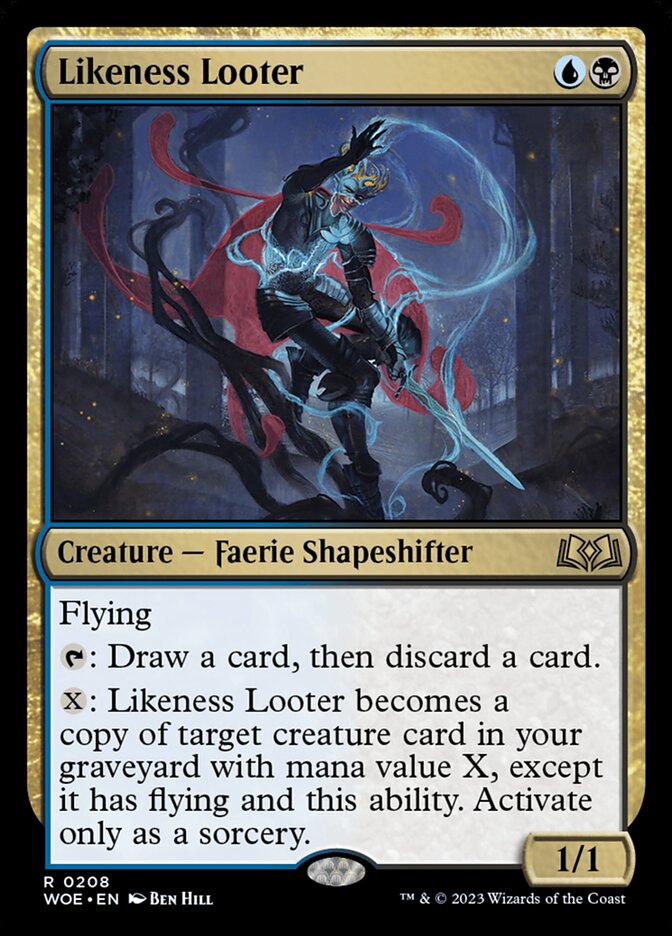


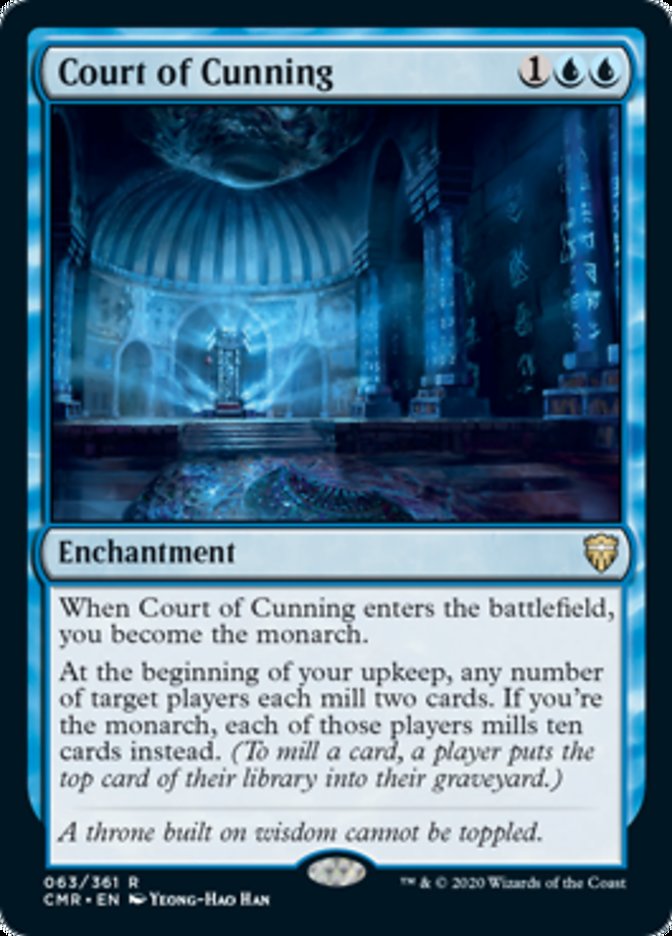
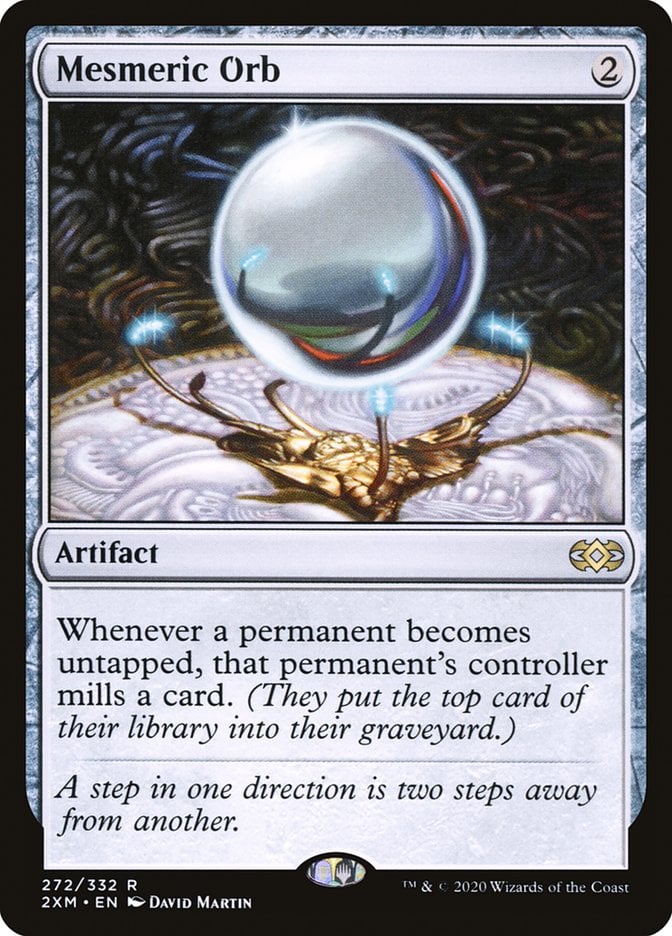

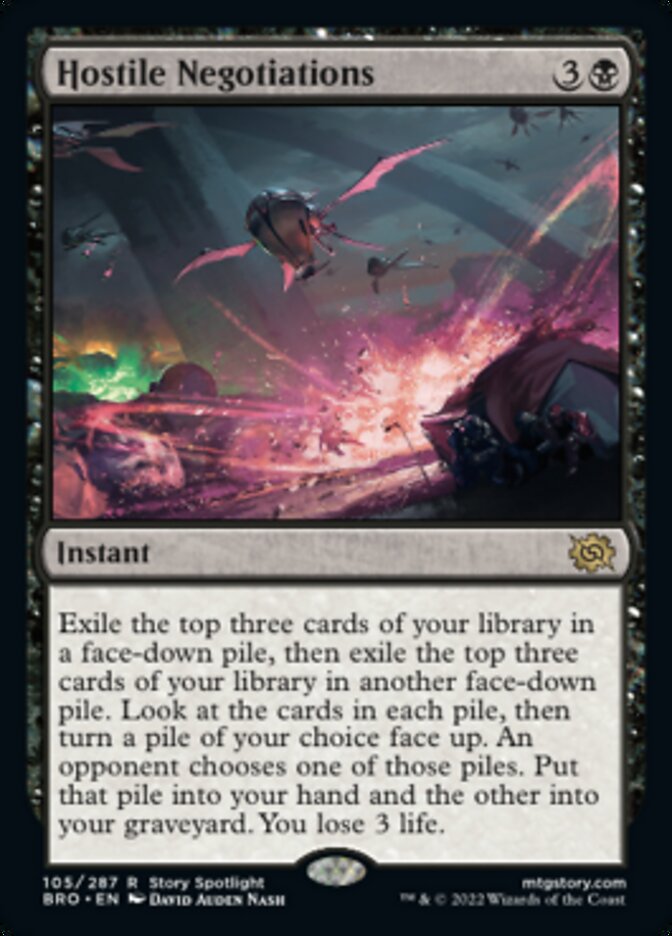

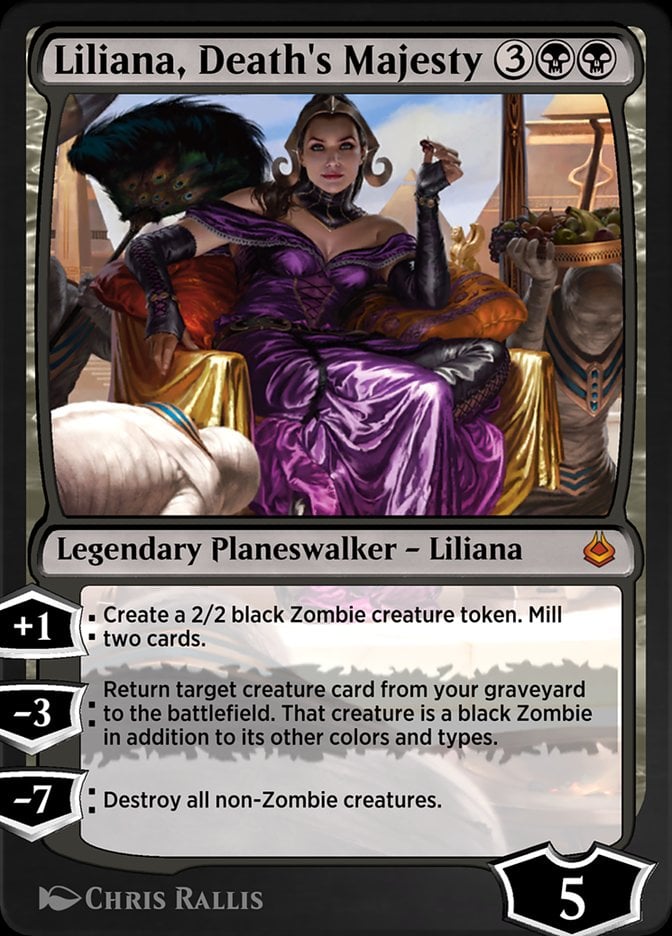
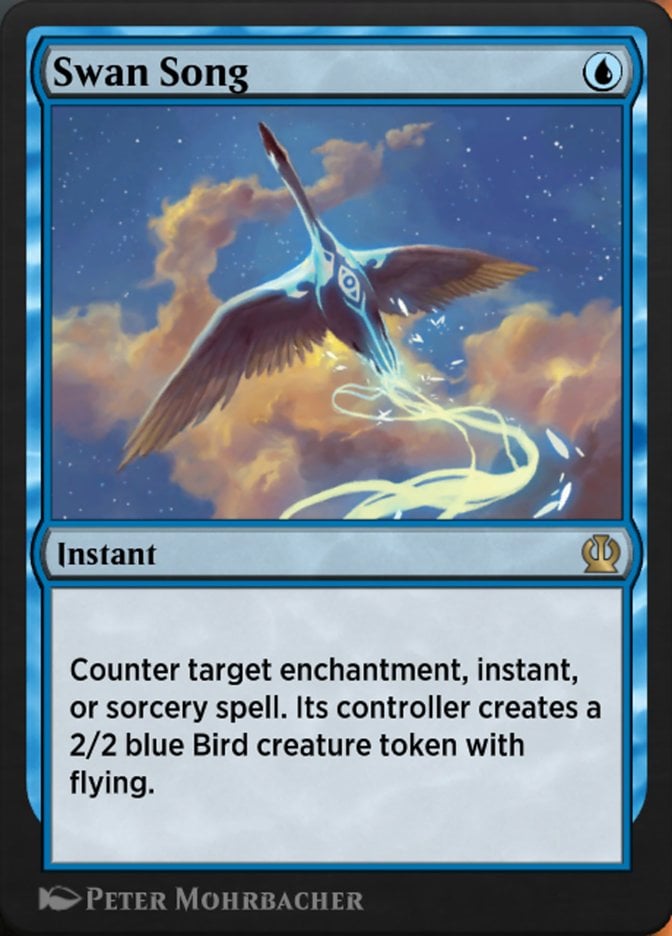
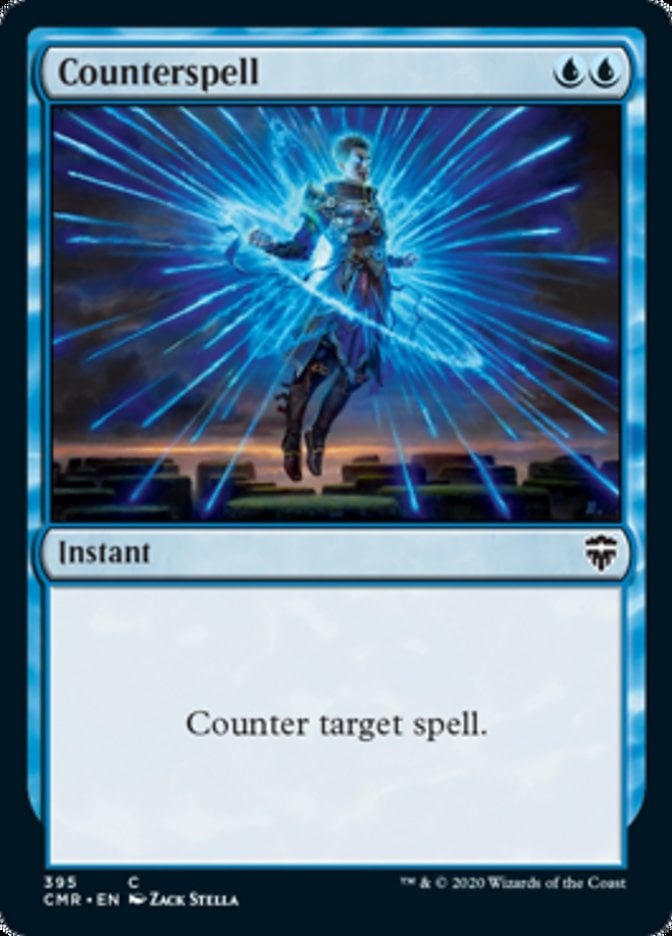
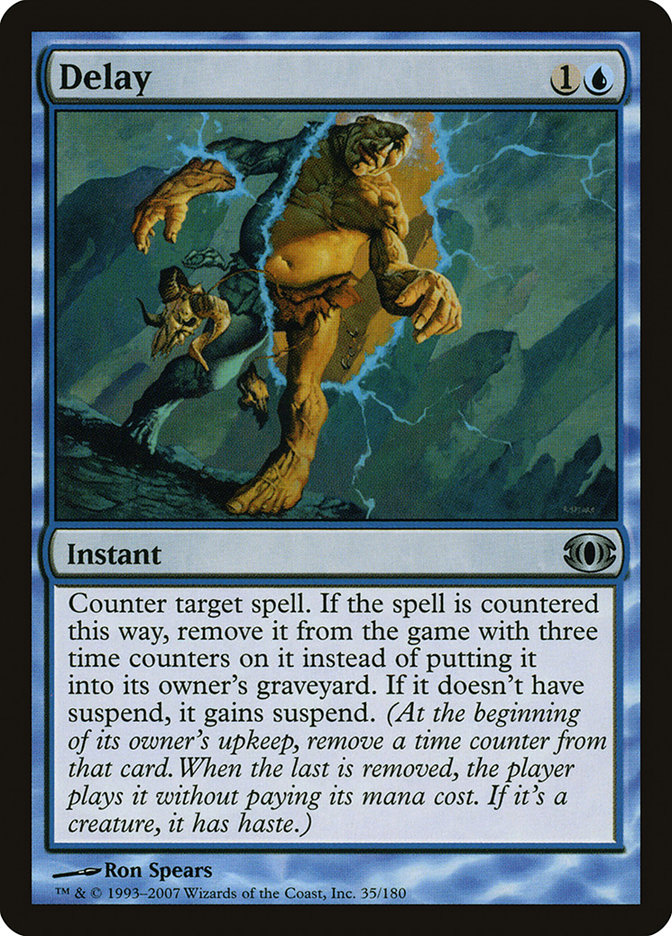
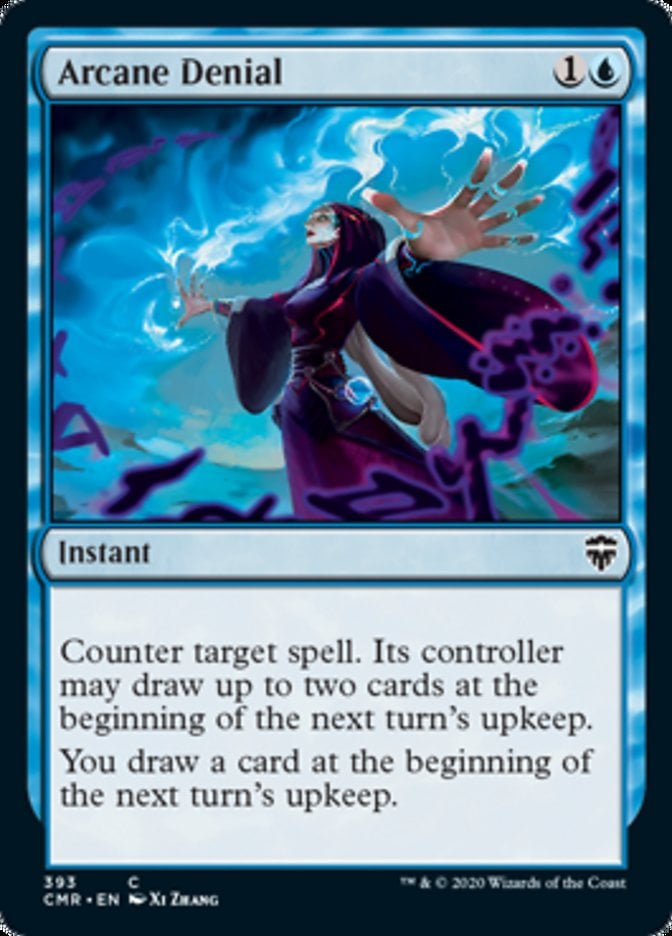

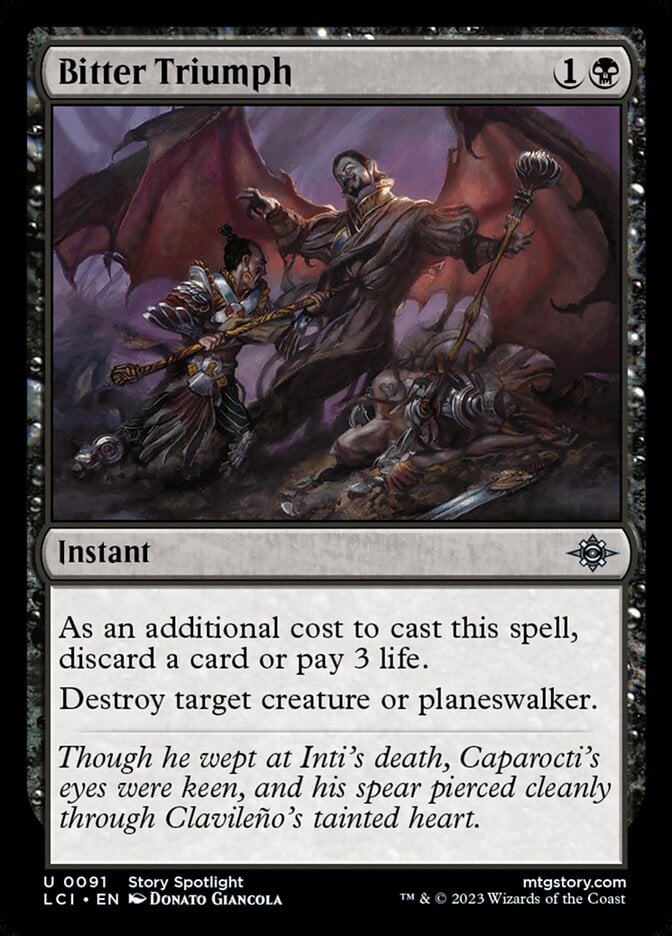
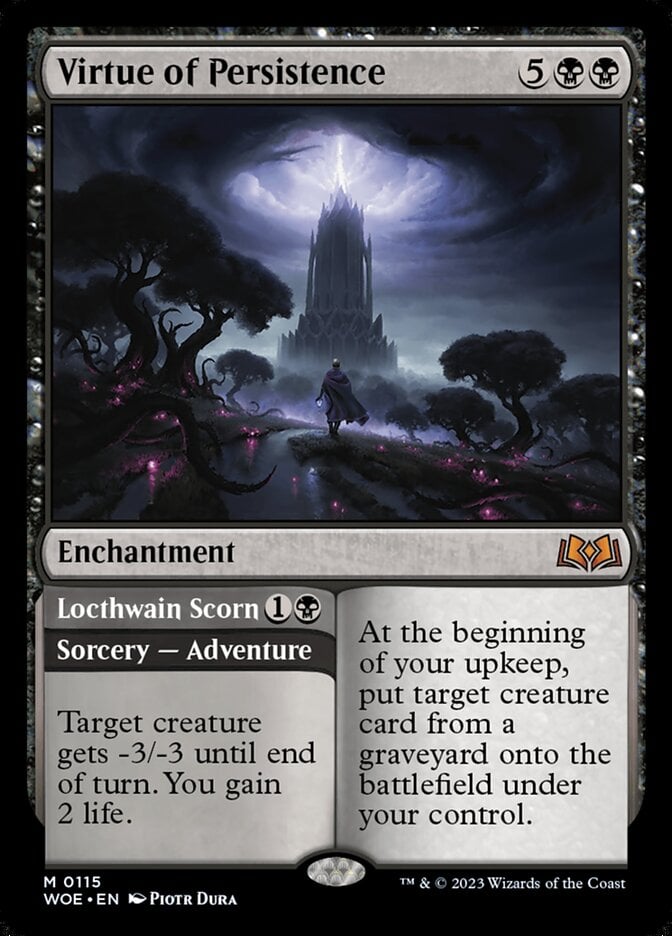

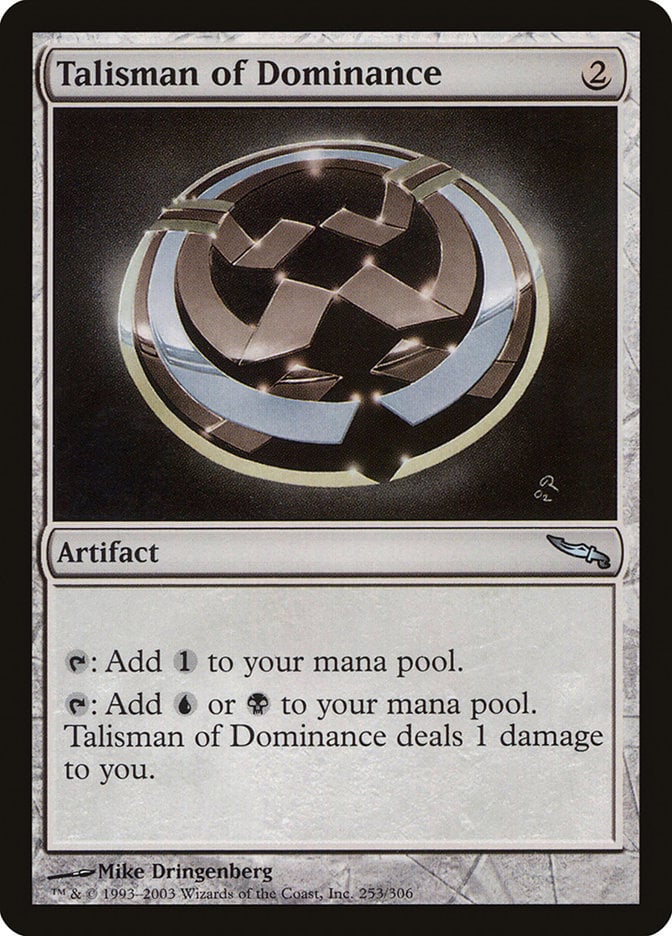

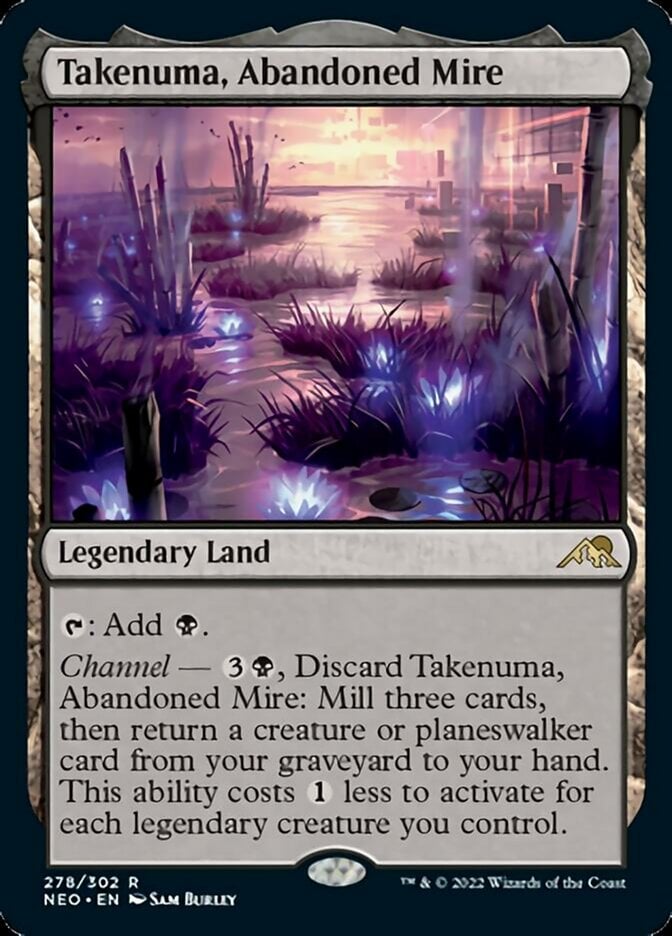
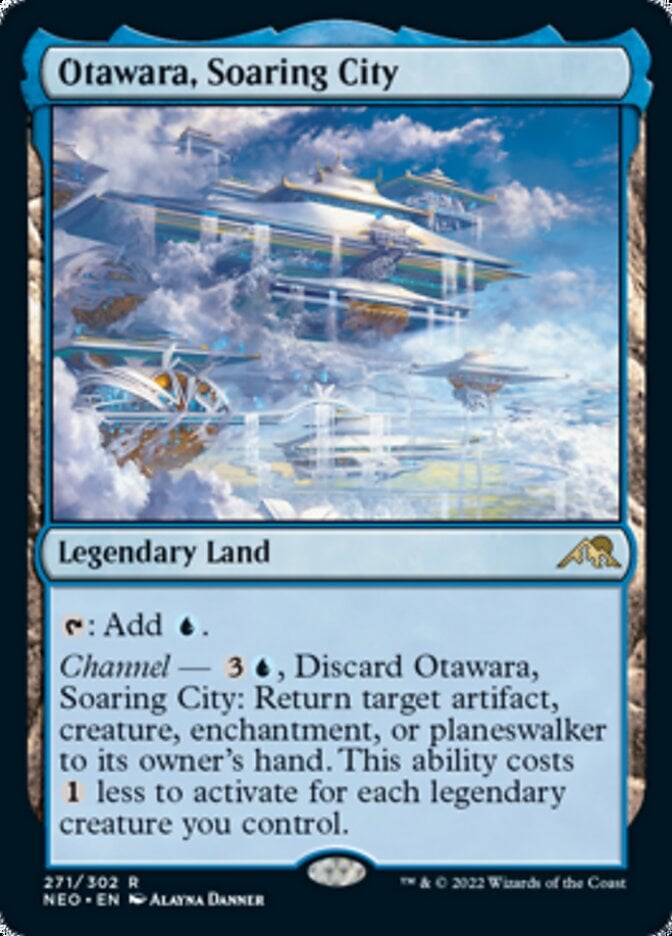
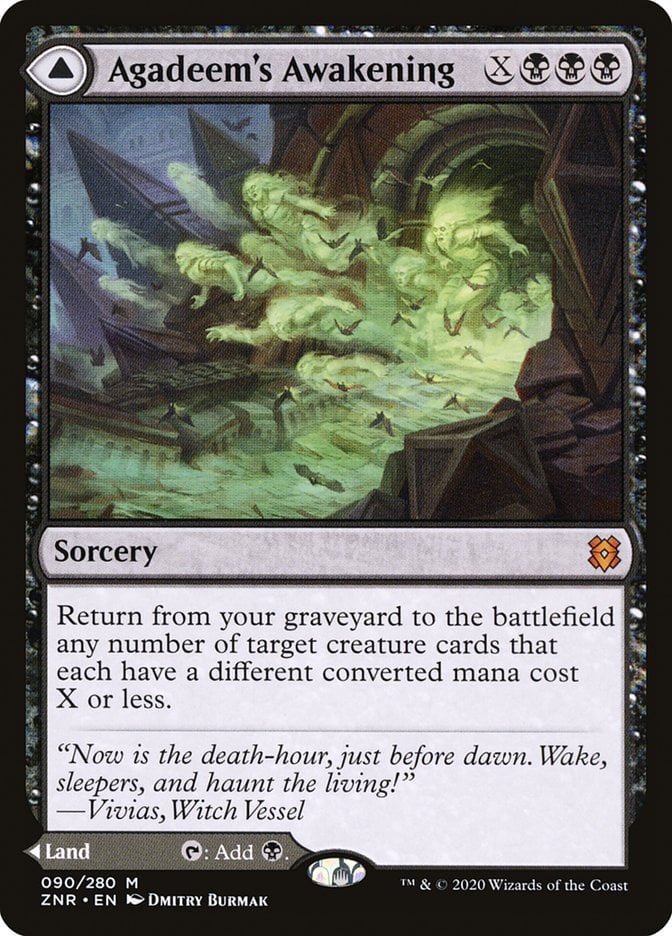
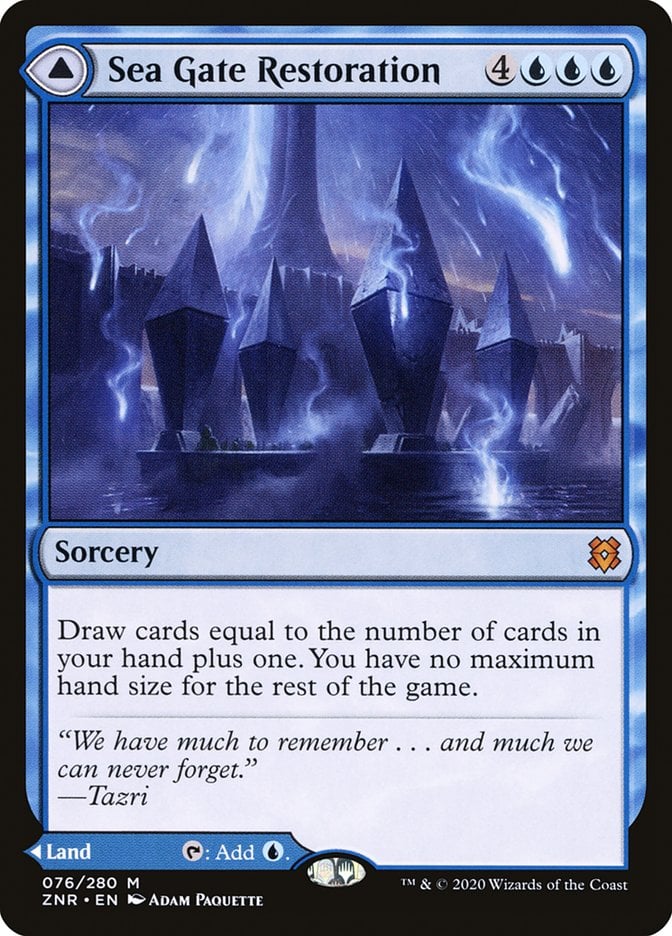

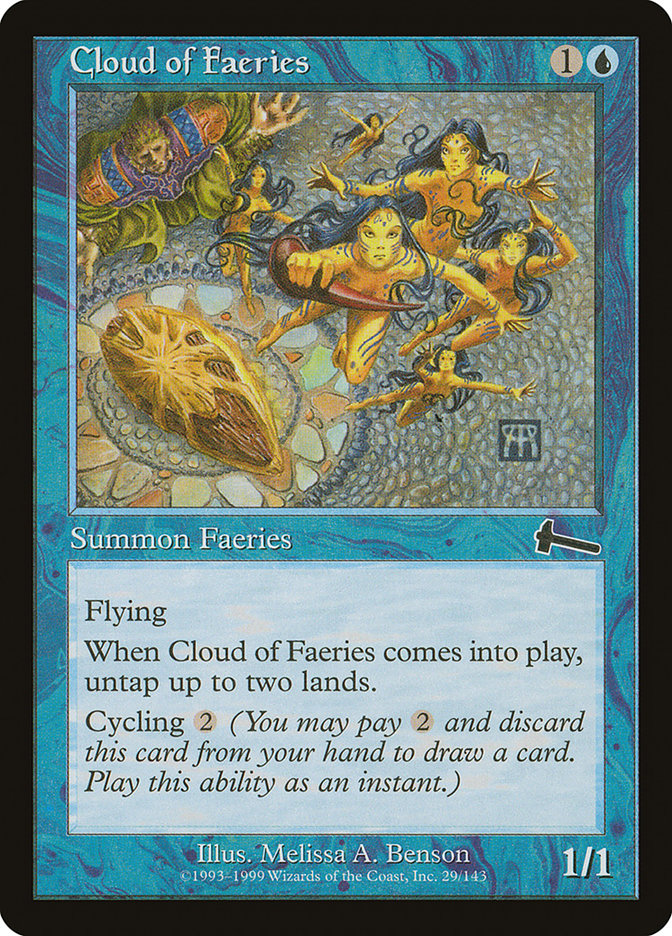
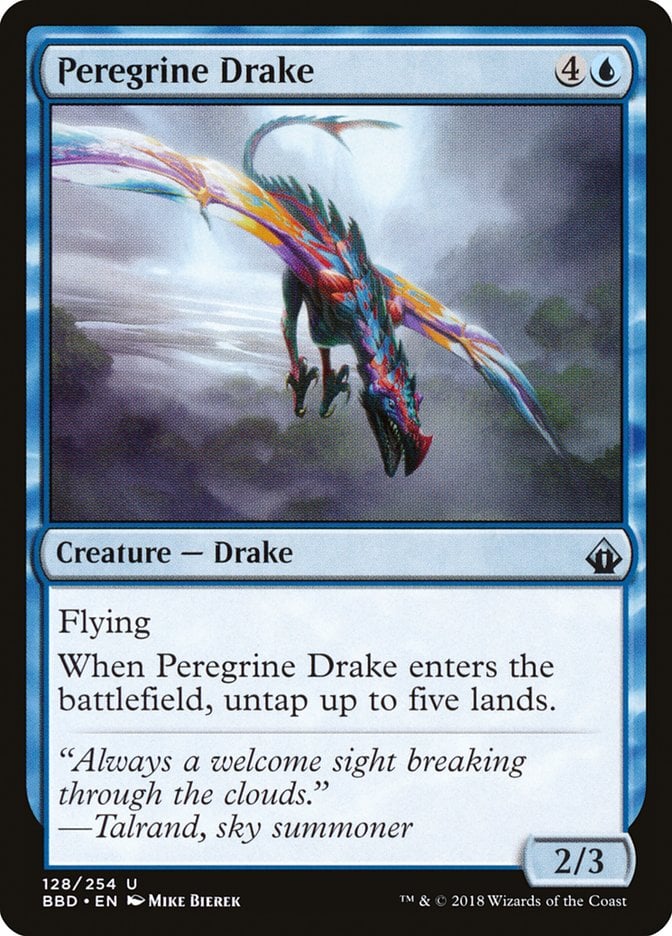

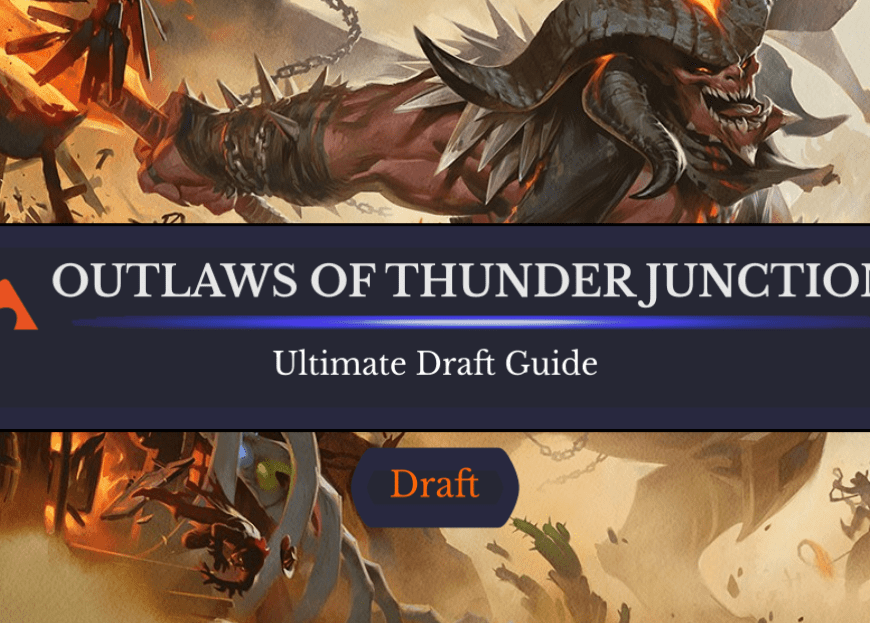
Add Comment